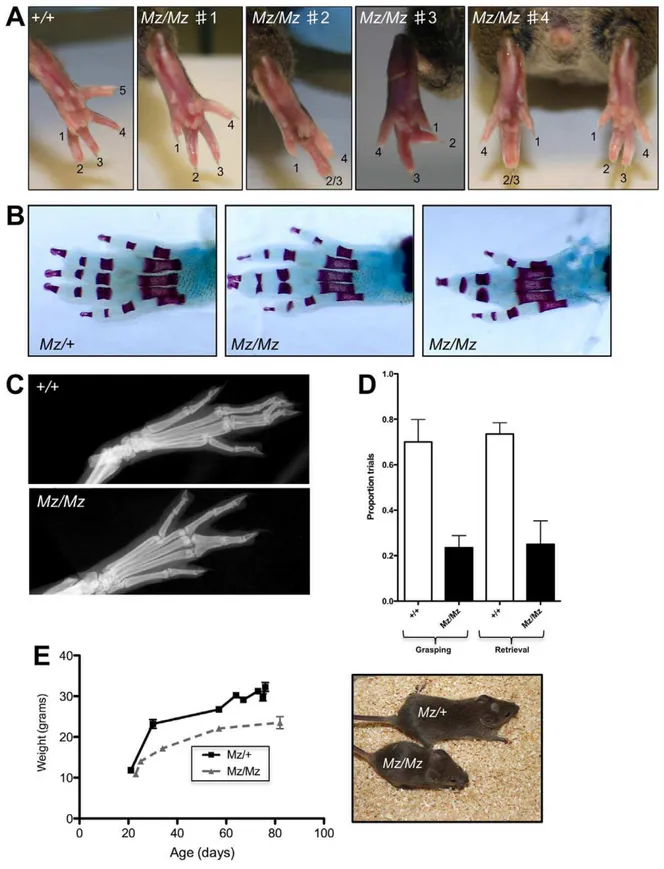ENU mutagenesis reveals a novel phenotype of reduced limb strength in mice lacking fibrillin 2.
Texto
Imagem




Documentos relacionados
Lower-limb muscle strength was signiicantly associated with the criteria of decreased walking speed (P < 0.001) and reduced grip strength (P = 0.045), thus showing that
The characteristic strength of G80A was similar to that of the control group; heat treatment reduced the monoclinic phase content in this group (Figure 2), leading to lower
The experiments performed on the younger male mice revealed that the skin strength of untreated were significantly greater than the skin strength of vehicle control group mice,
The following assessments were carried out for both the experimental group and the control group: in physical ability - tests to evaluate resistance and muscle strength in
The score of the lesions were evaluated and showed that mice treated with NDBP-5.5 (2 mg/Kg) had reduced inflammatory lesions when compared to infected and not treated animals (
The main criteria used for determining the return to sport were comparison of muscle strength alone in the injured limb with the contralateral limb and combination evaluation of
Some studies showed that handgrip dynamometry is the easiest method to measure muscle strength in elderly people, and it has good correlation with both lower limb strength
We hypothesized a direct relationship between the in- spiratory muscle strength trend and the limb muscle strength at the end of the mechanical ventilation period, expecting